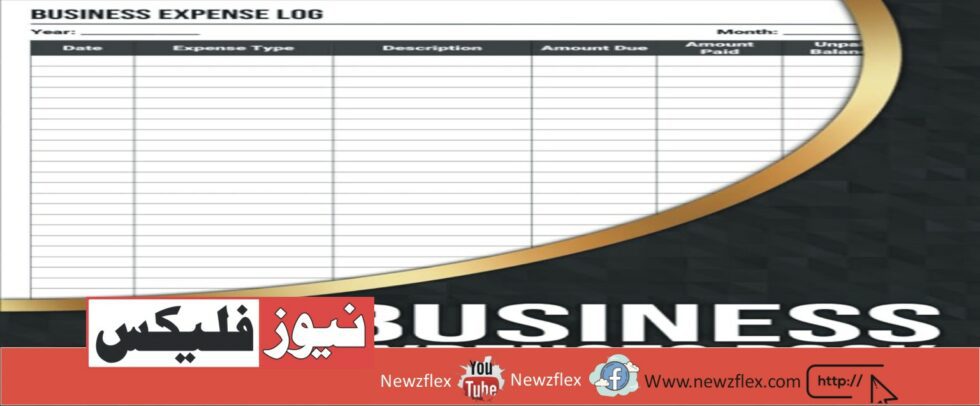
How to Record Business Expenses
Accurately recording business expenses is crucial for keeping good financial records and ensuring that your company stays in compliance with tax laws. An instruction manual for recording business expenses is provided below:
1. Open a separate bank account for your business operations. By keeping your personal and business accounts separate, it is simpler to keep track of business costs.
2. Pick a system for keeping records: To keep track of your business spending, you can use spreadsheets, accounting software, or even a physical ledger. Much of the procedure can be automated by accounting software, which also makes it simpler to produce financial reports.
3. Gather and file receipts: Keep track of every receipt you receive for purchases you make for your place of business. These receipts are utilized for tax deductions and audits as proof of spending.
4. Divide expenses into categories that make sense for your company. Office supplies, rent, utilities, travel costs, advertising, salaries, etc. are examples of common categories. You can evaluate your purchasing trends more effectively if your categories are arranged.
5. consistently record spending: Make it a practice to consistently record expenses, ideally right away. This lessens the likelihood of losing receipts or forgetting important information.
6. The name of the payee or vendor, the date of the transaction, the expense amount, and the category to which it belongs should all be entered when documenting an expense.
7. Reconcile accounts: To ensure accuracy and spot any anomalies, regularly compare your company’s accounts to its bank statements.
8. Maintain a mileage journal (if applicable): If you travel for work, keep a mileage log to track your tax-deductible car expenses. Keep track of each journey’s goal, the distance travelled overall, and the beginning and finishing odometer readings.
9. Track cash transactions: If you make cash purchases for your company, be sure to keep track of them in your cost management system and keep receipts as proof.
10. Examine and assess spending: Review your reported expenses frequently to determine where your money is going. Analyzing your spending habits might show you where you can save money or make the most of your money.
11. Backup your data: Whether you have physical copies or cloud storage, be sure you have enough backups of your financial data. This safety measure is essential to protect your data in the event of computer errors or data loss.
12. Speak with an accountant: If you’re unclear about the best approach to track and classify costs or if your financial position is complicated, it’s a good idea to get advice from a seasoned accountant.
Keep in mind that preserving financial stability and making wise business decisions depend on precise and reliable cost recording. You may lay a strong basis for successfully managing your business spending by adhering to these measures.








